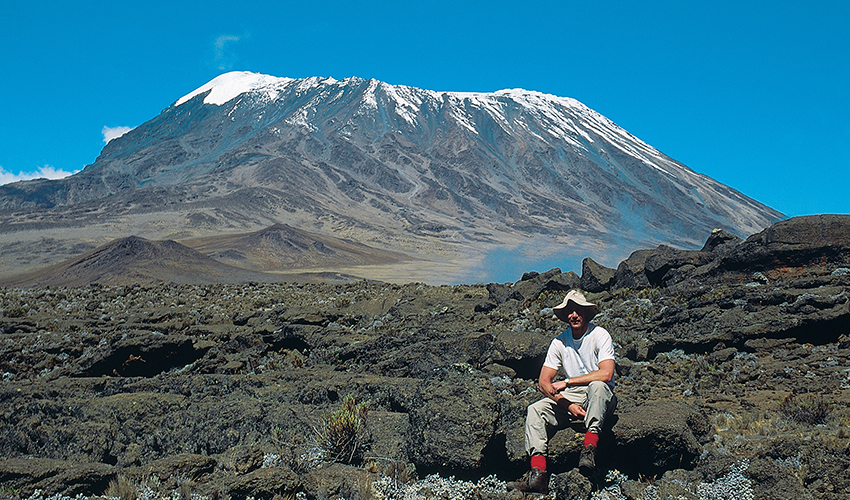The Rongai route ascents Kilimanjaro from the northeastern side of the mountain, along the border between Tanzania and Kenya. This route retains a sense of unspoilt wilderness and offers a different perspective on Kilimanjaro by approaching it from the north. Rongai Route, Mt Mount Kilimanjaro Trekking, Online Kilimanjaro booking, Mount Kilimanjaro climbing, Kilimanjaro trekking, Rongai route hiking, Africa’s highest mountain, snows of Kilimanjaro, Kilimanjaro wildlife.
Mountain Gear Check-list
- A Rucksack for Your Equipment – To Be Carried By Porters
- Sleeping Bag [Mountain Type], Day Pack – For Your Personal Items
- Hiking, Climbing Boots, Camp Shoes, Trainers Not Sandals
- 2 Thin Polypro Type For Quick Drying, 4 Thick Wind Pants, Wind shirts
- High Gaiters, Warm Pants [Fleece], Jacket Or Pullover, 1 Rain Parka
- 2 Underwears,1 Hiking Shirt, Long Sleeve, 1 Bandanna
- 1 Warm Hat, 1 Hiking Shorts, Pants, Balaclava, Fleece Neck Warmer
- Headlamp, Bulb, Batteries, First Aid Kit, Pocketknife, Sunglasses, Snow
- Goggles, Water Purification Tablets
- Toiletry Item, Plus Sunblock, Lipsalve, and Moisturizer
- Walking Stick

